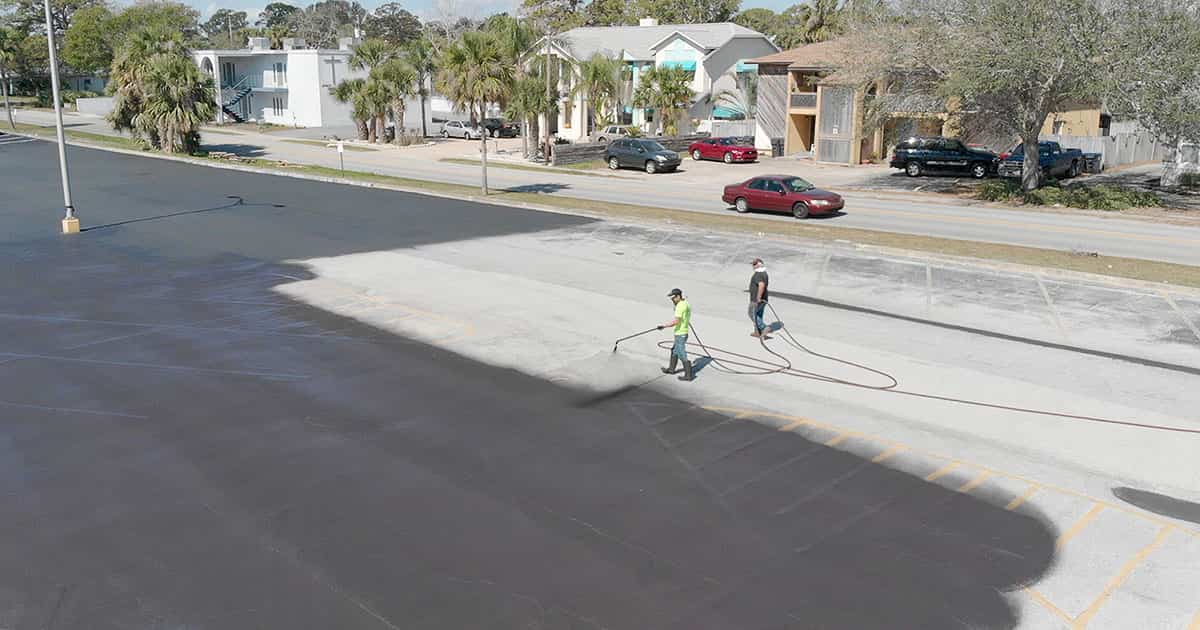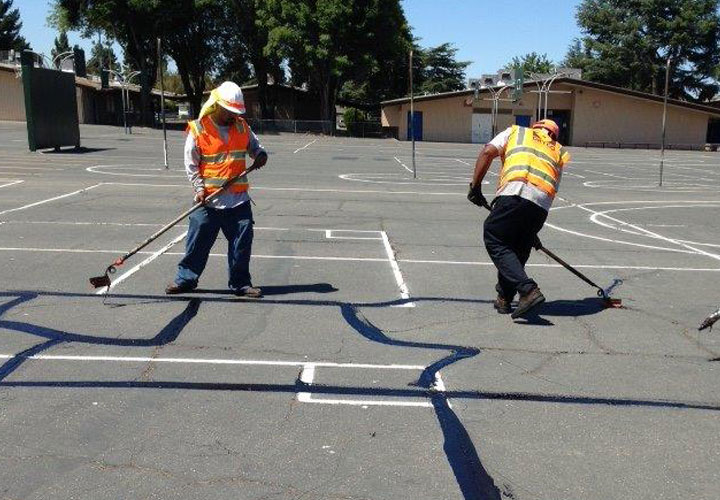Hot Mix Asphalt: A Sustainable Solution for Pavement
Hot Mix Asphalt (HMA) has emerged as a leading sustainable choice for pavement solutions, providing a myriad of environmental benefits and ingenious innovations. Its capability to reduce and recycle materials power usage presents an engaging instance for its fostering in road building projects. Furthermore, the long-lasting efficiency and longevity of HMA make it a recommended choice for facilities advancement. As the demand for environment-friendly building and construction techniques grows, exploring the subtleties of HMA's sustainability can supply valuable insights right into the future of pavement remedies.
Ecological Benefits of Warm Mix Asphalt

Furthermore, Warm Mix Asphalt helps to reduce metropolitan heat island impacts. Its dark shade takes in sunlight, decreasing the quantity of warmth showed back right into the ambience contrasted to lighter-colored pavements. This can reduce ambient temperatures in metropolitan locations, lowering the demand for cooling and inevitably decreasing power usage.
Additionally, Warm Mix Asphalt adds to enhanced stormwater monitoring. Its permeable nature permits water to infiltrate the pavement and recharge groundwater materials, minimizing drainage and the danger of flooding. These environmental advantages make Hot Mix Asphalt a sustainable option for paving highways and roads.
Power Performance in HMA Manufacturing
Is energy performance an important aspect in the production of Hot Mix Asphalt (HMA)? Energy plays a substantial function in the production of HMA, affecting both expense and environmental sustainability. One essential aspect of power performance in HMA manufacturing is the use of cozy mix asphalt (WMA) modern technologies.
Additionally, developments in plant innovations have led to even more energy-efficient HMA production procedures. Modern plants are created with attributes like recycled asphalt sidewalk (RAP) processing capacities, effective heater systems, and enhanced insulation, all contributing to power savings. By maximizing energy use in HMA manufacturing, the market can decrease its carbon impact while keeping premium sidewalk materials. Power efficiency is, for that reason, an essential factor to consider in guaranteeing the sustainability of Warm Mix Asphalt production.
Recyclability of Warm Mix Asphalt
The recyclability of Warm Mix Asphalt (HMA) is a critical element of its sustainability and long-term ecological impact. HMA is among one of the most recycled products in the USA, with over 100 million heaps of redeemed asphalt pavement (RAP) being reused yearly in new sidewalk building and construction. Reusing HMA offers several ecological advantages, such as decreasing the requirement for virgin materials, reducing power consumption during production, and reducing the quantity of waste sent to garbage dumps.
The procedure of reusing HMA entails milling the existing pavement, squashing it right into smaller pieces, and blending it with brand-new accumulation and asphalt binder to develop a recycled mix. This recycled mix can frequently do along with or also better than standard HMA, while calling for fewer raw materials and producing reduced greenhouse gas discharges. By integrating RAP into brand-new sidewalk jobs, road agencies can conserve natural deposits, reduce costs, and minimize the environmental impact of roadway construction and maintenance tasks. On the whole, the recyclability of HMA plays a significant role in promoting lasting methods within the pavement industry.

Long-Term Efficiency of HMA
Asphalt pavements show sturdiness and resilience over a prolonged duration, showing the long-lasting performance of Warm Mix Asphalt (HMA) Additionally, improvements in HMA technology, such as the usage of polymer-modified binders and cozy mix asphalt, have actually further improved the durability and durability of HMA pavements. By focusing on high quality building and construction and maintenance methods, HMA proceeds to his explanation prove itself as a cost-effective and lasting solution for lasting sidewalk framework.

HMA: Resilience and Sustainability
Demonstrating both durability and sustainability, Hot Mix Asphalt (HMA) has actually become a cornerstone in the building and construction of lasting sidewalk infrastructures - regrading. HMA's sturdiness stems from its capability to withstand hefty loads, extreme climate condition, and high traffic volumes, making it a reliable option for roads, highways, and airport terminal paths. The composition of HMA, which usually consists of aggregates, binder, and filler, plays a vital role in boosting its longevity and resistance to deterioration
Furthermore, HMA's sustainability exists in its recyclability and energy-efficient manufacturing procedure. The ability to reuse recovered asphalt sidewalk (RAP) in brand-new HMA combinations decreases the demand for virgin products and decreases the ecological impact of pavement building and upkeep. Additionally, the power effectiveness of generating HMA depends on its reduced mixing temperature levels compared to other pavement materials, bring about decreased energy intake and greenhouse gas emissions.
Verdict
In verdict, warm mix asphalt (HMA) supplies a lasting remedy for sidewalk with its eco-friendly features. HMA's recyclability, power performance in manufacturing, and lasting sturdiness make it an environmentally friendly choice for road construction. By conserving natural sources, decreasing waste, and reducing greenhouse gas emissions, HMA plays an essential role in promoting sustainability in framework growth. Its capacity to minimize city warm island impacts even more underscores its importance in creating ecologically conscious and resilient sidewalk systems.
HMA is one of the look what i found most recycled materials in the United States, with over 100 million heaps of recovered asphalt sidewalk (RAP) being reused annually in new sidewalk building and construction.The process of reusing HMA includes crushing the existing pavement, squashing it right into smaller sized pieces, and blending it with new accumulation and asphalt binder to produce a recycled mix.Asphalt sidewalks show resilience and durability over an extended duration, mirroring the long-lasting efficiency of Hot Mix Asphalt (HMA) In addition, advancements in HMA modern technology, such as the use of polymer-modified binders and warm mix asphalt, have actually better click here for more enhanced the resilience and longevity of HMA pavements. The capacity to recycle reclaimed asphalt sidewalk (RAP) in brand-new HMA blends decreases the need for virgin materials and reduces the ecological impact of pavement construction and upkeep.